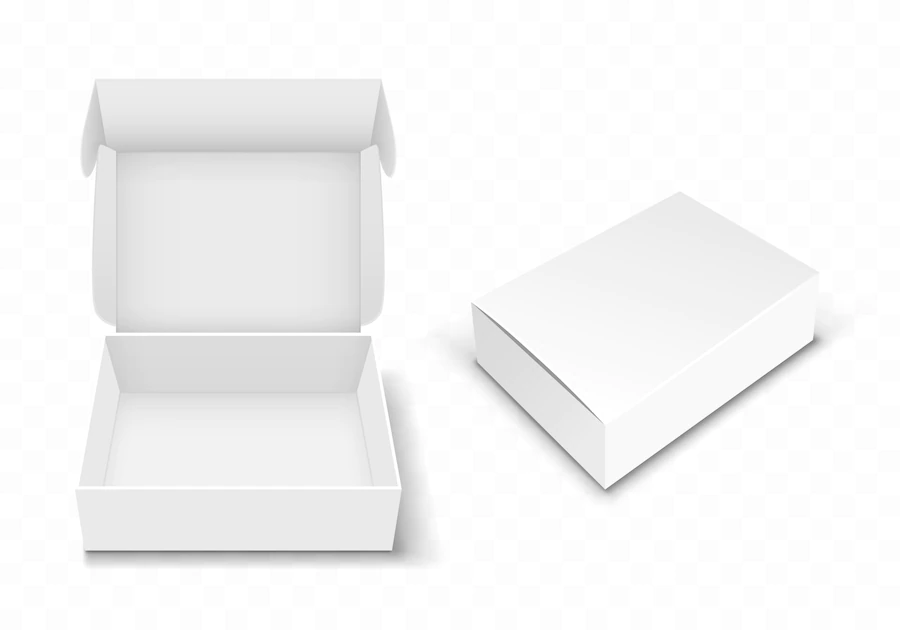The importance of package design rests on protecting the products. There is no question about it. The product packaging must safeguard the product inside it. Because most consumers judge the merchandise by its appearance, packaging takes centre stage in making a good first impression.
Well-designed packaging can add value to the product because it can make the product more appealing. So, when your packaging is poorly executed, it can lower the perceived value and will discourage the consumers from buying the product.
Since packaging has a big impact on your products, it is important to know the important factors to consider when choosing and designing your product packaging.
Important Considerations for Strong Packaging Design
Effective packaging design understands consumers and it allows them to feel good about themselves making a rational decision, while still appealing to culture, emotion, and preferences. That is a lot to ask for simple packaging, right? However, brands know that the design could make or break a product.
Here are the essential factors necessary for an effective packaging design.
Safety
The basic function of packaging is to protect the product. Therefore, as the person responsible for deciding on the right packaging, you need to ensure that the package will keep the product safe and can withstand transporting many times from the factory to the warehouse until it reaches the buyer. The consequences will be an increase in the cost if the product gets broken and you will be the one to absorb the loss.
Furthermore, if the packaging can protect the product until it reaches the customer, there will be no consumer complaint. Unlike if the customers received damaged products. It will not only harm your reputation but you will also be required to ship a new one, which is an added cost to the company.
Product
Another point to consider when you are designing packaging is your products. There are a myriad of packaging choices available designed to cater to different types of products. For example, if the product is simple, frequently used, or disposable, it will not be appropriate to put it in fancy packaging. It requires an inexpensive material with a simple design to match.
For those who are selling organic products. It will be more appropriate to wrap them in eco-friendly packaging as it matches the idea of selling “green” to the customer. But if you are selling upscale merchandise or trendy beauty products, you have to think hard about what packaging design will match the product.
Demographic
Aside from the product, you should also consider your intended customer segment. Different products target different audiences. These audiences can be categorised by age, education level, gender, lifestyle, and many others.
You need to identify your customer segments before designing the packaging so that it can speak to them. Remember, your packaging serves as your walking advertisement. It needs to enhance brand recognition and build brand loyalty.
Readability
A beautifully designed packaging might get your customer’s attention. However, it should not be difficult to recognize your brand name and product description. Or else it will defeat the purpose of the packaging as part of your marketing tool.
To prevent this from happening, you must choose a simple, clear, and suitable font for your product description and logo for the customer to remember your brand name. Also, make it convenient for the consumer to read them.
Competitor
Last but not least to consider is your competitor. You should know how to differentiate your product and its packaging from them. A packaging that is similar to other brands can easily confuse the consumers. A well-designed packaging should be easy to identify and represent what you are.
What Makes a Well-Executed Packaging?
We have looked at some of the important factors to consider when designing your packaging. Now we will take a look at what should be great packaging.
Combining functionality and practicality: We all understand that packaging needs to perform adequately in functionality. But it should combine with practicality for a positive customer experience. Your consumer will love the packaging that makes things easy and convenient.
Building brand consistency: Your packaging is an extension of your brand. Whatever theme or design you decide, it should echo your brand and show its uniqueness. If the packaging can intrinsically attract customers at first sight and choose you, it is a sign that you have a strong packaging design.
Creating an impact: Unique elements in your design can attract consumers to your packaging. Brand differentiation is crucial in both online and offline retailing. Research what your customers are looking for in your niche and serve this unmet demand in your industry. This is what will set your brand apart from competitors.
Maintaining simplicity and clarity: Aside from uniqueness, you have to consider what packaging design will communicate with someone who encounters your brand for the first time. Ideally, it should tell them what your product is and more about the brand. If your packaging will not be able to do this, your customers will likely be confused and choose other brands that have clearer messages than you.
Ensuring flexibility: Your packaging should be visually flexible. This can be confusing but let us make it clear. The packaging design you choose should not be so exclusive to one product but should be transferable to other items in the product line. The product packaging should evolve with you so that you don’t have to start all over again every time there is a new variation.
Wrapping It Up!
Successful product packaging should be able to balance the many different factors while prioritising the demands of your consumers. When working on a packaging design, think about not only for your customers now but also in the future.
Think BIG. Look at the foreseeable trends in your industry and incorporate them into creating innovative packaging designs without sacrificing the elements that make a successful packaging.


Recent Comments